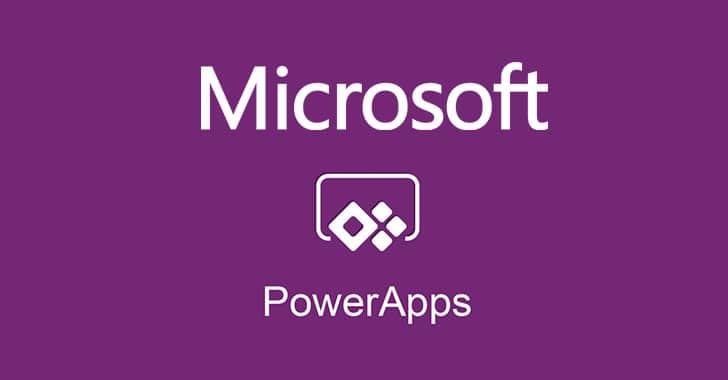Essential Tips for Designing User-Friendly Power Apps Interfaces

Are you looking to create Power Apps that not only perform well but also offer an exceptional user experience, this blog provides essential tips for designing user-friendly Power Apps interfaces. Crafting a user-friendly interface is critical to the success of your custom business apps. A well-designed interface can enhance productivity, reduce user errors, and ensure your app is widely adopted within your organisation. Here’s how to make sure your Power Apps interfaces are intuitive, accessible, and engaging.
1. Keep It Simple and Intuitive
The hallmark of a great Power Apps interface is simplicity. Users should be able to navigate the app without extensive instructions. Achieve this by using familiar UI elements, minimising the number of controls on each screen, and ensuring that the flow from one task to the next is logical. Use clear labels for buttons and actions, and avoid clutter that can overwhelm users. Remember, a clean design is not just about looks; it’s about functionality and ease of use.
2. Design for the Target Audience
Understanding your users is key to creating an interface that meets their needs. Are your users tech-savvy or not? Do they use the app on the go? The answers to these questions will influence your design decisions. For instance, larger buttons and text fields are beneficial for users who are not as comfortable with small touch targets. Meanwhile, professionals who use the app in the field may appreciate quick-access buttons for common tasks.
3. Ensure Accessibility
An accessible app is a user-friendly app. Power Apps should be designed with all users in mind, including those with disabilities. Utilise high-contrast color schemes for readability and make sure that your app can be navigated with a keyboard or screen reader. Microsoft provides guidelines and tools to make your Power Apps as accessible as possible. Implementing these practices ensures that your app can be used by a wider audience, making it more inclusive and compliant with global standards.
4. Responsive Design is Crucial
In today’s mobile-first world, your Power Apps need to perform flawlessly across different devices and screen sizes. This is where responsive design comes into play. It ensures that your app looks great and functions well, whether it’s on a desktop, tablet, or smartphone. Power Apps has features that allow you to design once and have the app adapt to the device it’s being viewed on, saving you time while enhancing user experience.
5. Test and Gather Feedback
Finally, no app interface design is complete without thorough testing and user feedback. Test your app with a group of real users to see how they interact with the interface. Collect their feedback on what works and what doesn’t, and be prepared to iterate on your design. This user-focused approach can be invaluable in refining the interface to ensure it’s as user-friendly as possible.
In conclusion, a user-friendly Power Apps interface can significantly boost the effectiveness of your business solutions. By focusing on simplicity, audience needs, accessibility, responsive design, and user testing, you can create Power Apps that are not just powerful, but also a pleasure to use. Keep these tips in mind, and you’re on your way to developing Power Apps that your entire organisation will love.
Check out Express design to quickly get started on developing interfaces for Power Apps.
Remember to stay updated on the latest Power Apps features and best practices by regularly checking in with Microsoft’s official documentation and community forums. Happy designing!

